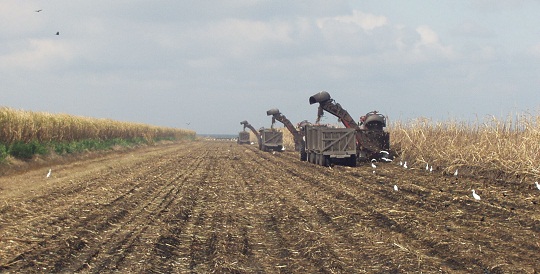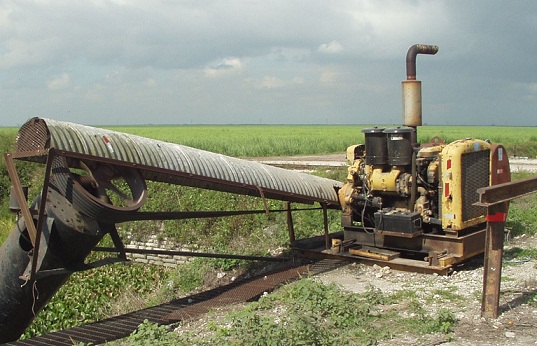As a reminder, OSHA requires that employees be trained on the container labeling and safety data sheet requirements of the revised hazard communication standard by December 1, 2013. If you haven’t yet provided this training and desire assistance with it, T. Cozzie Consulting has put together a presentation (Powerpoint slides and PDF document) that details the required information.
For more information and to purchase this training presentation, go to www.tcozzie.com/products/ghs2013/.
A few screen shots from this presentation follow:
Continue reading “HazCom Training Deadline Looms…”




